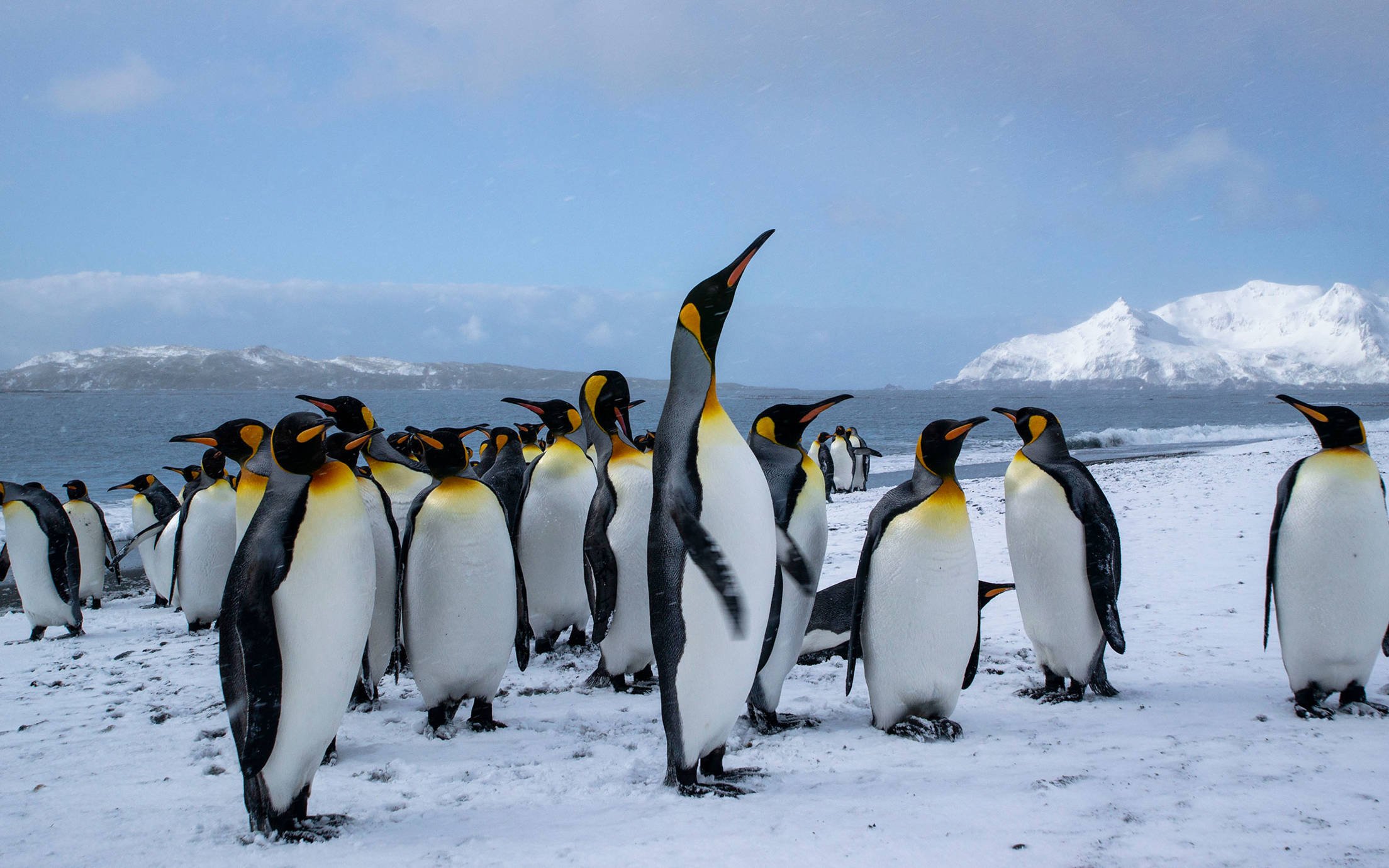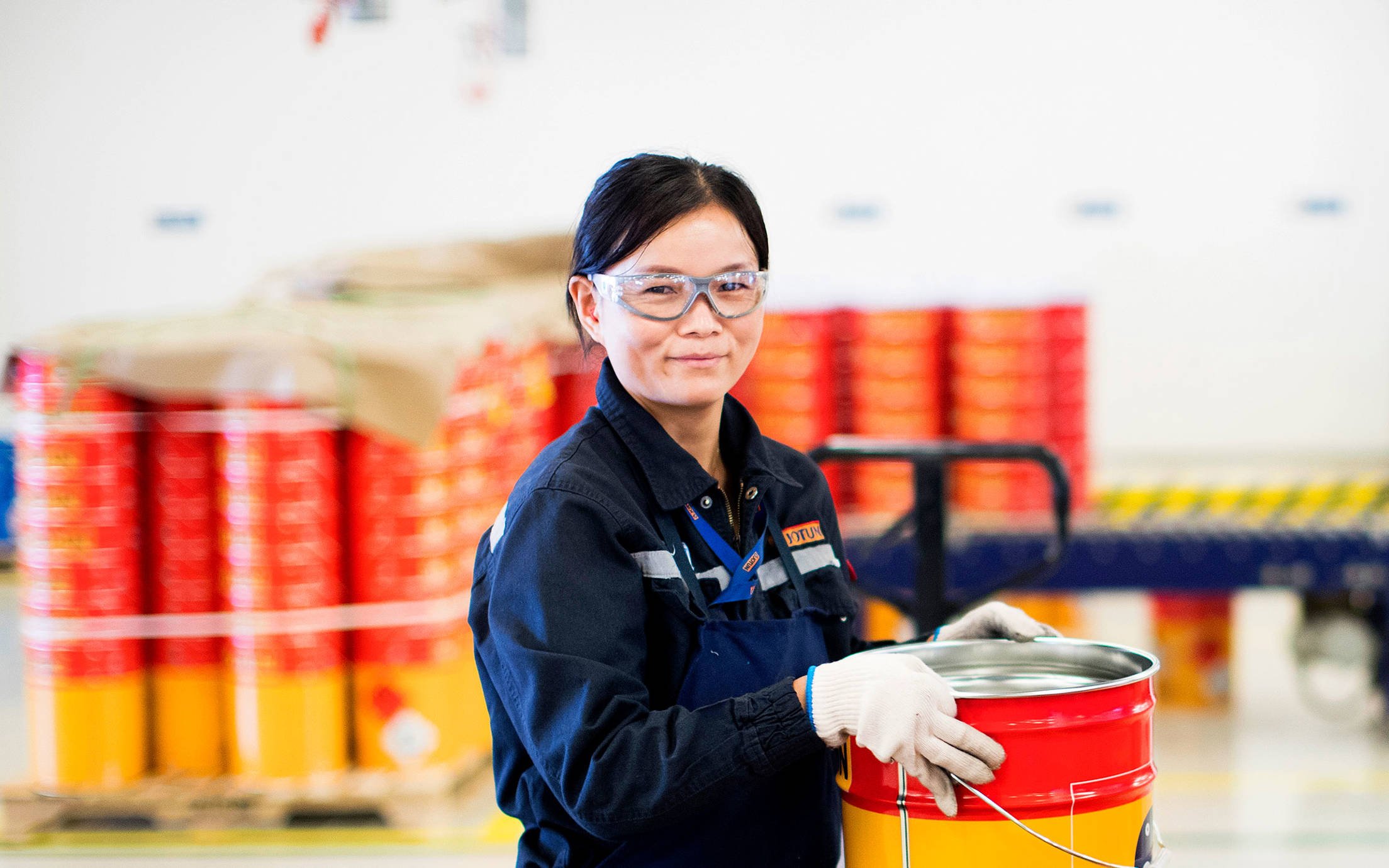

Lịch sử của chúng tôi
Kể từ khi thành lập, Jotun đã được quản trị hiệu quả bởi gia tộc Gleditsch. Quyền sở hữu vững chắc đã củng cố hành trình kinh doanh của Jotun, đưa chúng tôi từ thành phố Sandefjord, Na Uy đến mọi châu lục trên toàn cầu.
Kể từ khi thành lập, Jotun đã được quản trị hiệu quả bởi gia tộc Gleditsch. Quyền sở hữu vững chắc đã củng cố hành trình kinh doanh của Jotun, đưa chúng tôi từ thành phố Sandefjord, Na Uy đến mọi châu lục trên toàn cầu.
Kể từ khi thành lập, Jotun đã được quản trị hiệu quả bởi gia tộc Gleditsch. Quyền sở hữu vững chắc đã củng cố hành trình kinh doanh của Jotun, đưa chúng tôi từ thành phố Sandefjord, Na Uy đến mọi châu lục trên toàn cầu.
1920
Jotun – Nơi bắt đầu những câu chuyện
Trở lại thời điểm năm 1926, khi nhà khởi nghiệp người Na Uy Odd Gleditsch Sen. đặt nền móng đầu tiên cho Jotun.

1940
Giá trị và khả năng chống chịu mạnh mẽ
Việc Đức chiếm đóng Na Uy trong Thế chiến II là một thách thức lớn cho cả Na Uy và Jotun. Khả năng tiếp cận nguyên liệu thô bị hạn chế và sản lượng thấp, tuy nhiên công ty vẫn cho ra mắt một số sản phẩm mới.
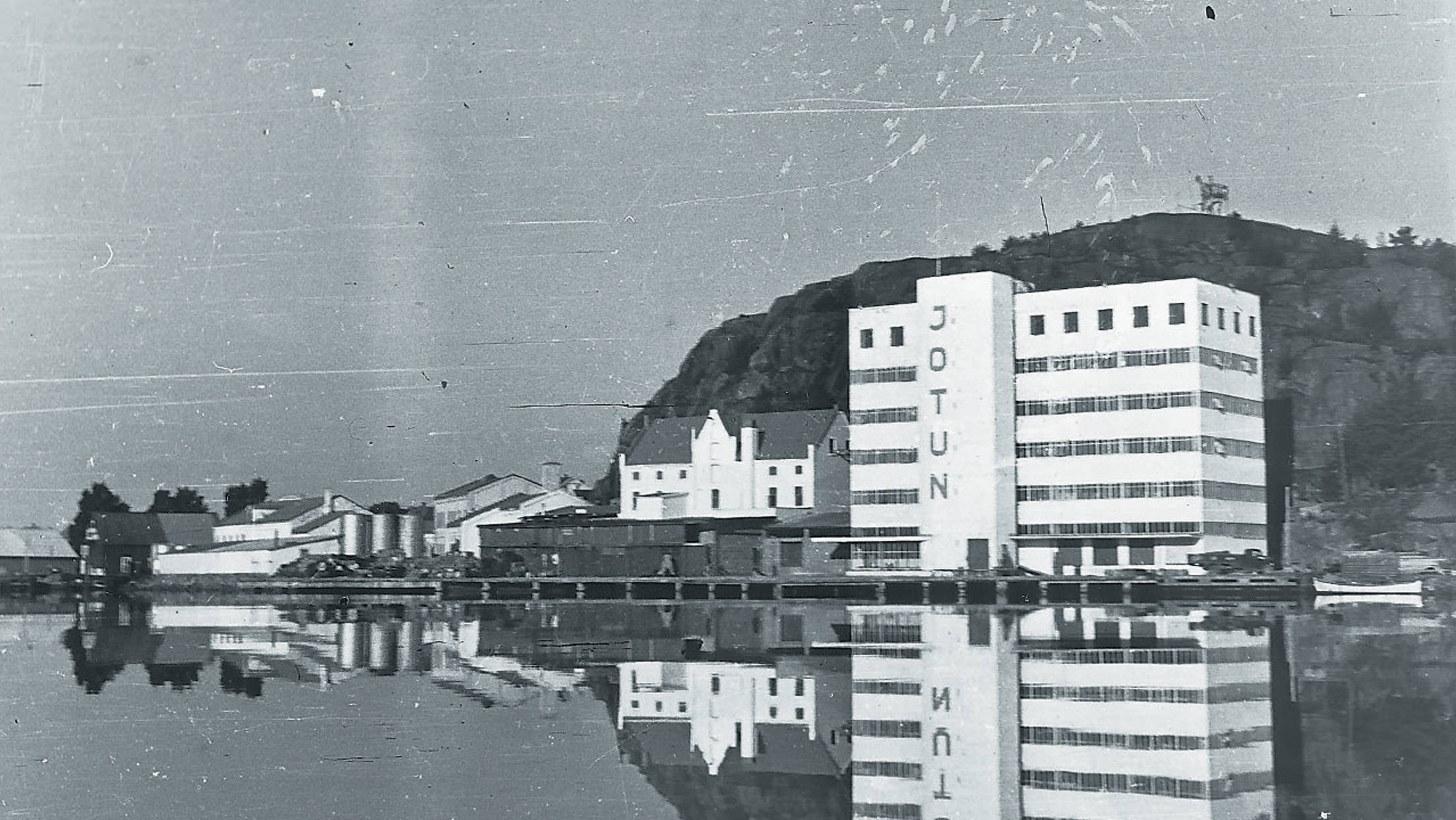
1960
Tăng trưởng toàn cầu
Để đẩy nhanh tốc độ tăng trưởng trên toàn cầu trong thập niên 1960, Jotun đã xây dựng các nhà máy ở địa điểm gần với thị trường mà công ty cung cấp sản phẩm. Nhận thức rõ rệt hơn về các rủi ro đối với sức khỏe và môi trường là nguyên nhân thúc đẩy sự phát triển của sơn tĩnh điện.
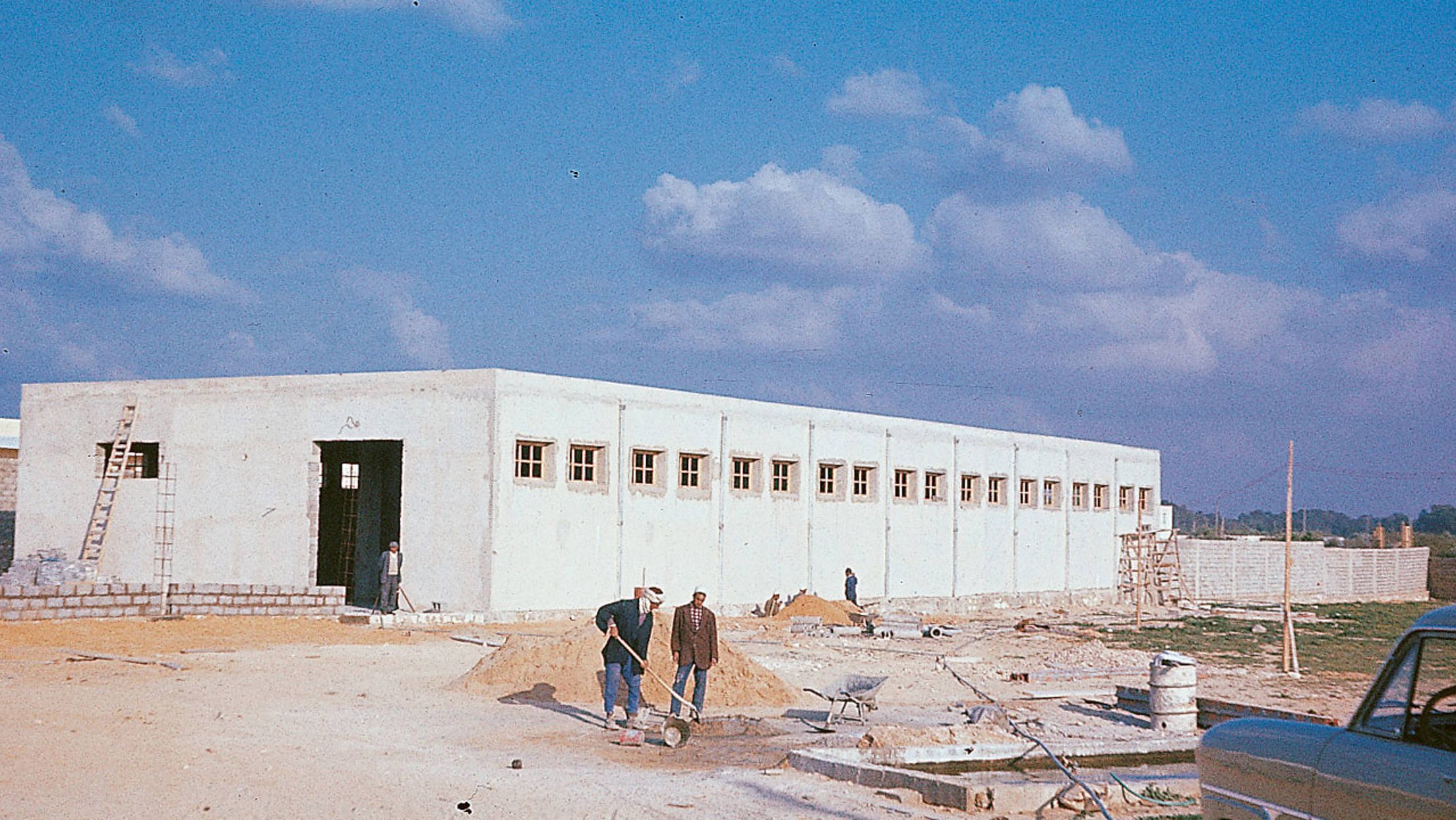
1980
Tốc độ toàn cầu hóa nhanh chóng
Thành công của Jotun với vai trò là một công ty quốc tế đến từ nền tảng sâu rộng của công ty trong ngành hàng hải toàn cầu.
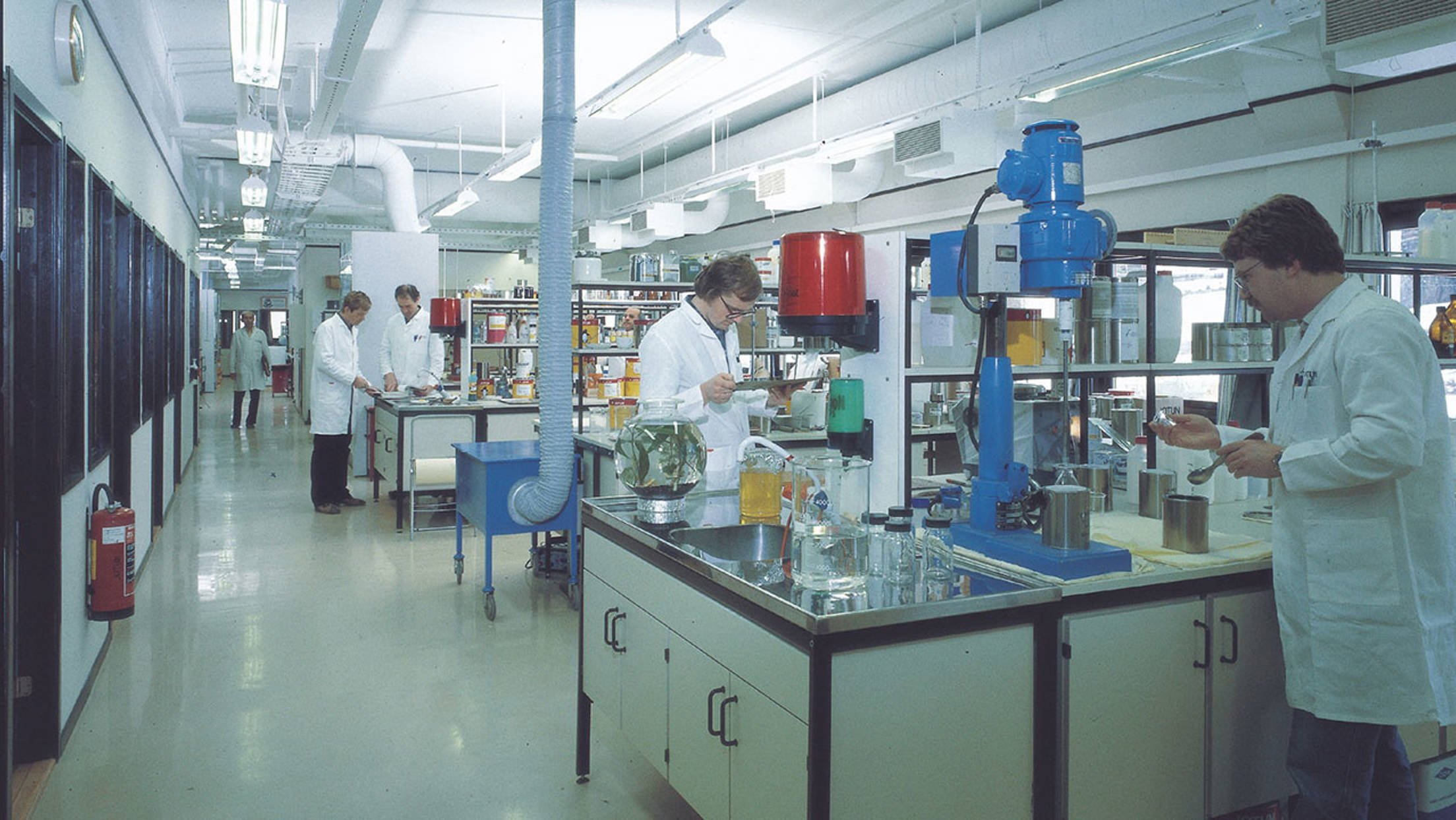
2000
Tăng trưởng nhanh
Jotun tiếp tục mở rộng sang các thị trường mới. Chúng tôi luôn chú trọng đến các quy trình cải tiến, đồng thời đầu tư cho nguồn lực Nghiên cứu và phát triển để củng cố vững chắc vị thế của Jotun. Các cơ sở hiện đại và những giải pháp thiết yếu đáp ứng nhu cầu của thị trường cũng như giúp ngành sơn phát triển bền vững hơn.
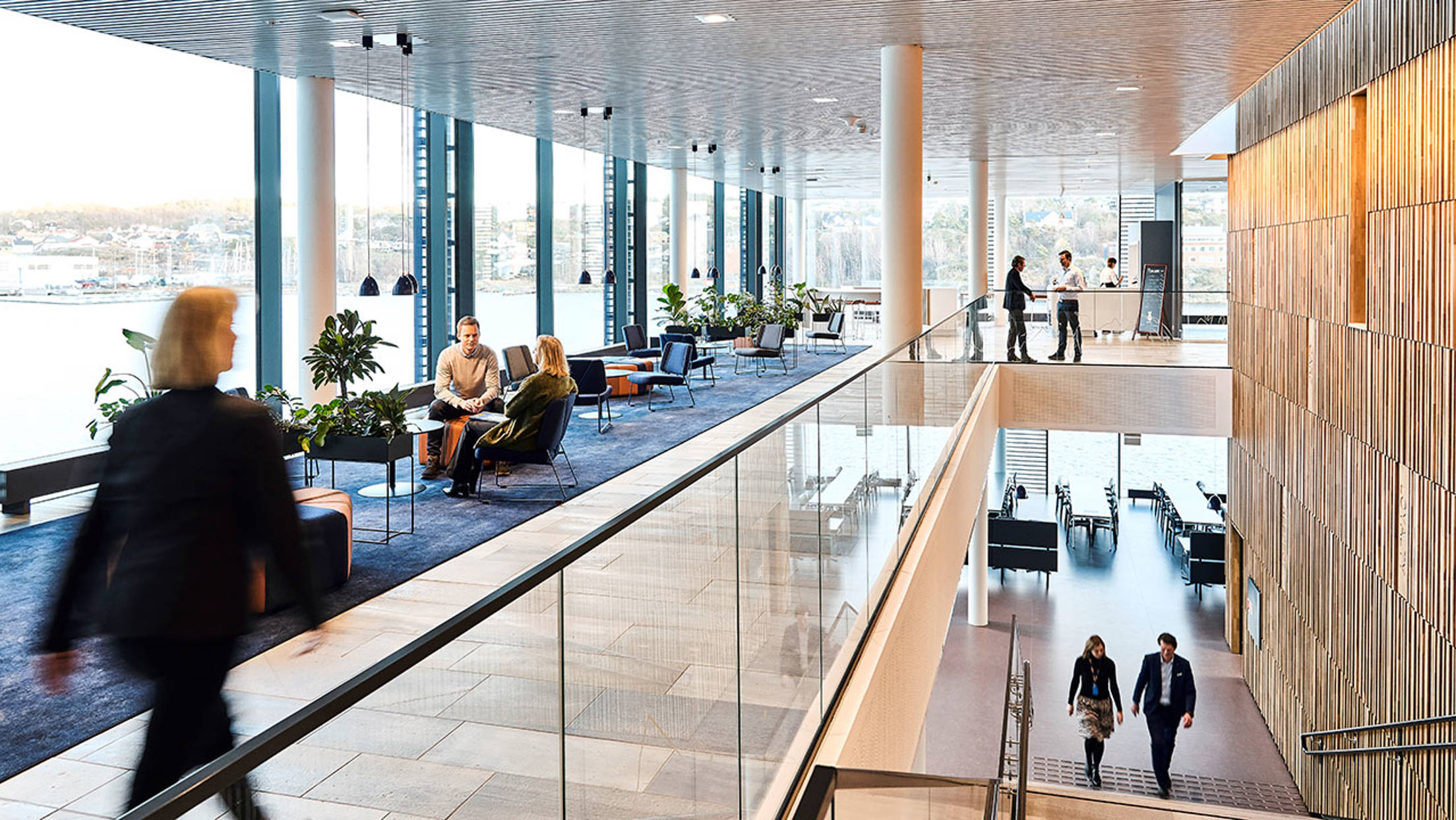
Tìm hiểu thêm

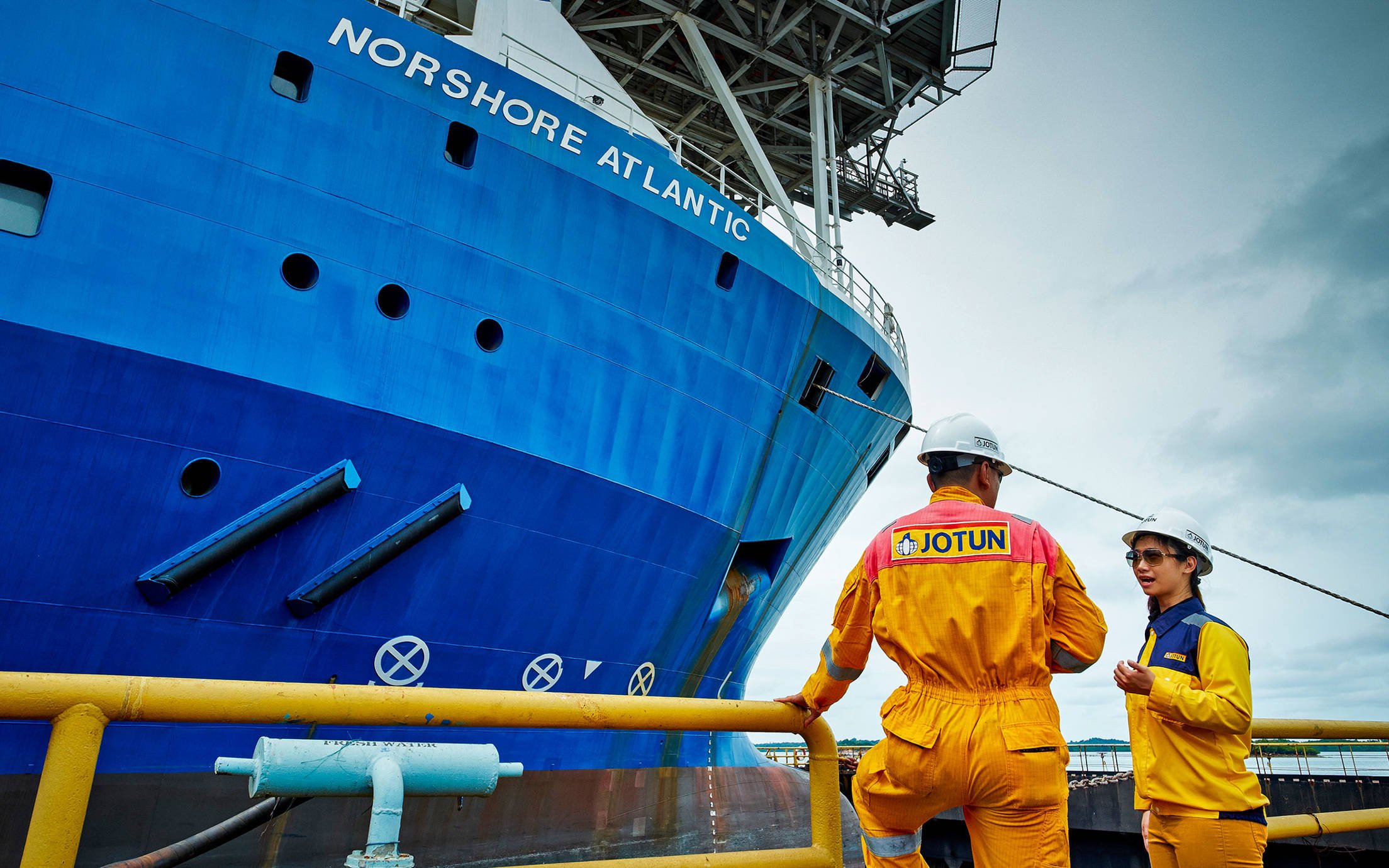
Công việc của chúng tôi
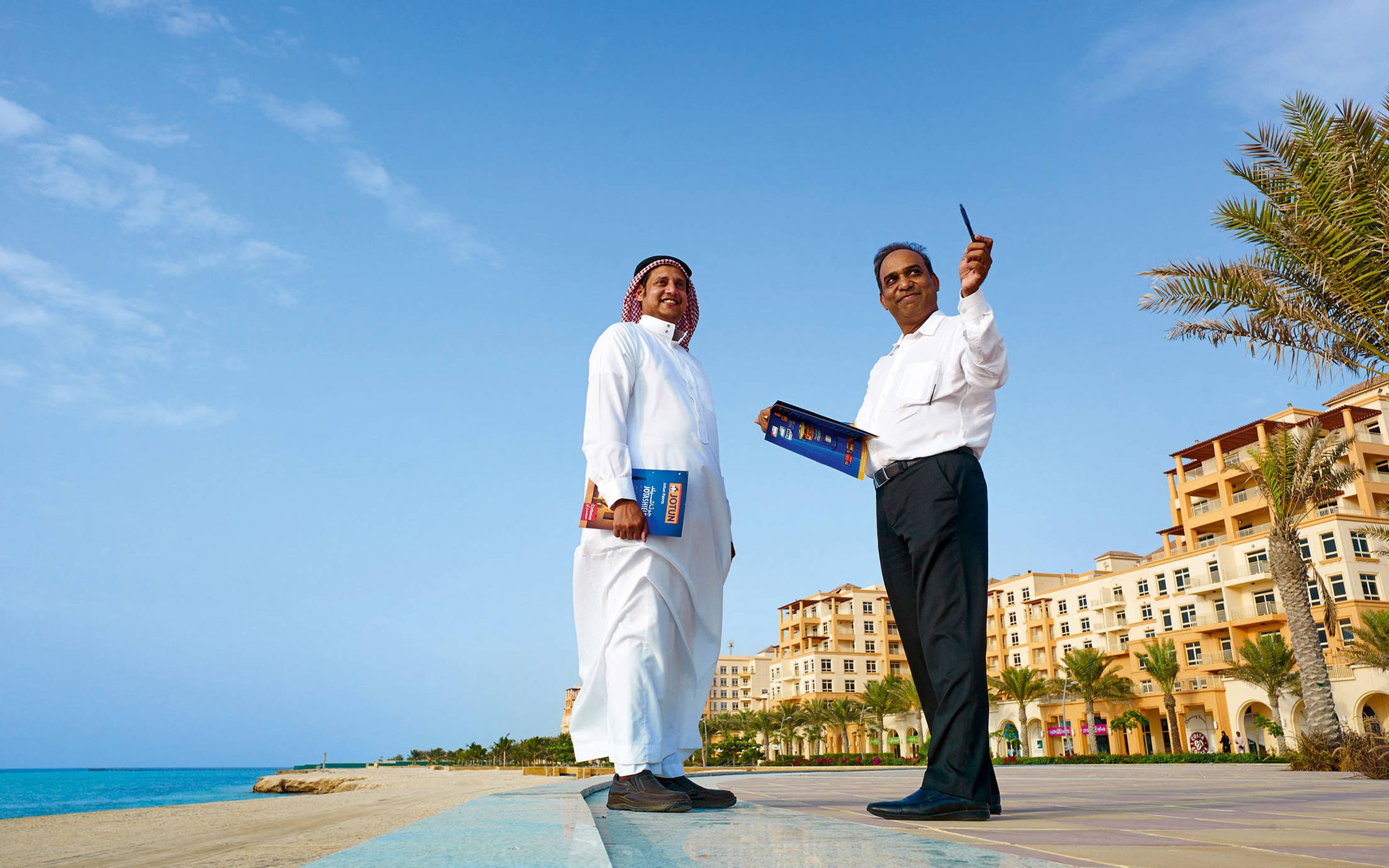
Hiện diện của chúng tôi
